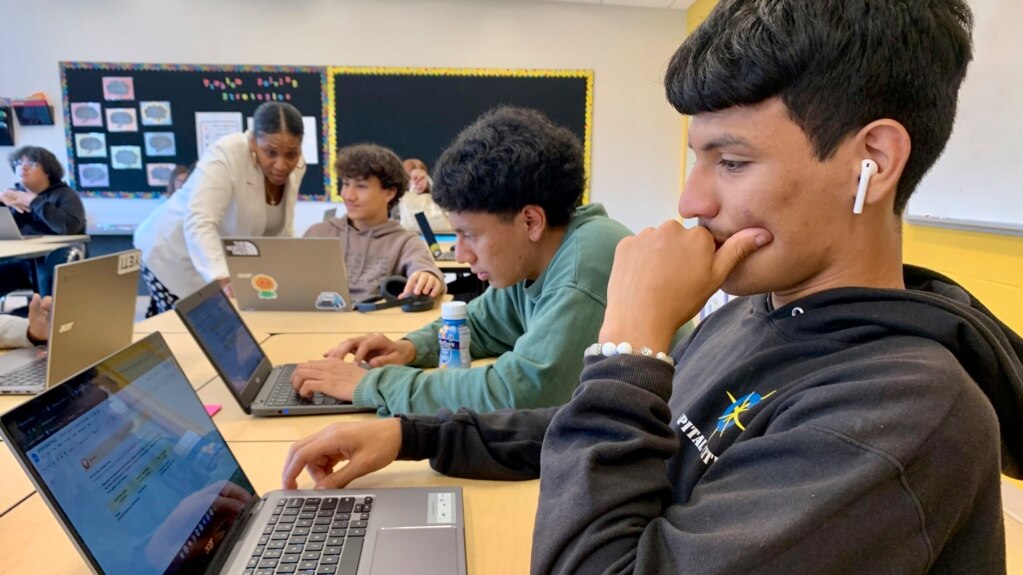An increasing number of American states are requiring that students receive personal finance education in order to complete high school. At the same time, states are hoping to improve math skills among students in the United States.
Capital City Public Charter School in Washington, D.C. has a course called Advanced Algebra with Financial Applications. The school has offered the math class for more than 10 years. The class provides students with basic knowledge about money management and helps them sharpen their math skills. Classes discuss credit, investments, and loans, for example, and connect these ideas with methods of math for calculating interest, budgeting and more.
The high school may be a leader in providing financial education, but in recent years, many others have offered similar courses.
Since 2020, nine U.S. states have passed laws or policies requiring schools to provide personal finance education before students can graduate from high school. The U.S. non-profit organization, Council for Economic Education, says 30 states now have such policies in place.
The increase comes as educators are trying to improve students’ math skills, which dropped during the pandemic and have not fully recovered. At the same time, a general dislike or disinterest for math remains a barrier among young people.
Tonica Tatum-Gormes teaches the course at the Washington school. She said students get more interested in math when they see how it connects with their future financial well-being.
Students begin to understand that “‘yes, I need to learn decimals, and I need to learn fractions, and I need to learn percentages because I have to manage my money and I have to take out a loan,’” Tatum-Gormes said.
Supporters say personal finance courses help students learn how to make smart money decisions and develop an interest in math as a result.
The Council for Economic Education says financial education should include exploring subjects like earning, budgeting, saving, investing, and managing credit and financial risk. Experts say the class does not have to be taught by a traditional math teacher.
Idaho is one of the states where a new financial literacy requirement is in place.
The new program will give students the chance to use skills from their algebra, calculus, and economics classes in real life. In the class, they will calculate their future student loans, rent payments, and income requirements.
Experts say the 2007-2008 financial crisis, pandemic-linked economic insecurity and current high inflation may have increased Americans’ desire for stronger financial knowledge. Less than one-fourth of millennials show basic financial literacy, the Council for Economic Education says.
In 2020, the American civil rights group, NAACP, released a resolution calling for more financial literacy programs in K-12 schools.
A study by the non-profit Next Gen Personal Finance Schools looked at states without high school financial literacy requirements. It found that in schools with mainly Black and Hispanic student populations, only seven percent of students have access to a half-school year personal finance course. That figure rises to 14.2 percent for schools with less than a quarter of students identifying as Black or Hispanic.
That lack of fairness is a driving force behind the financial literacy course at Capital City Public Charter School. It serves a student population that is 64 percent Latino and 25 percent Black.
“It’s an empowering course,” says Laina Cox, head of the school. “I think it gives our young people the language that they need and the voice when they’re in certain rooms and at certain tables.”
I’m Dan Novak.

